The Back Gully Solar Water Pumping Kit
Regular price
$2,950 NZD
Sale price
$2,950 NZD
Need help?
The Back Gully Solar Water Pumping Kit
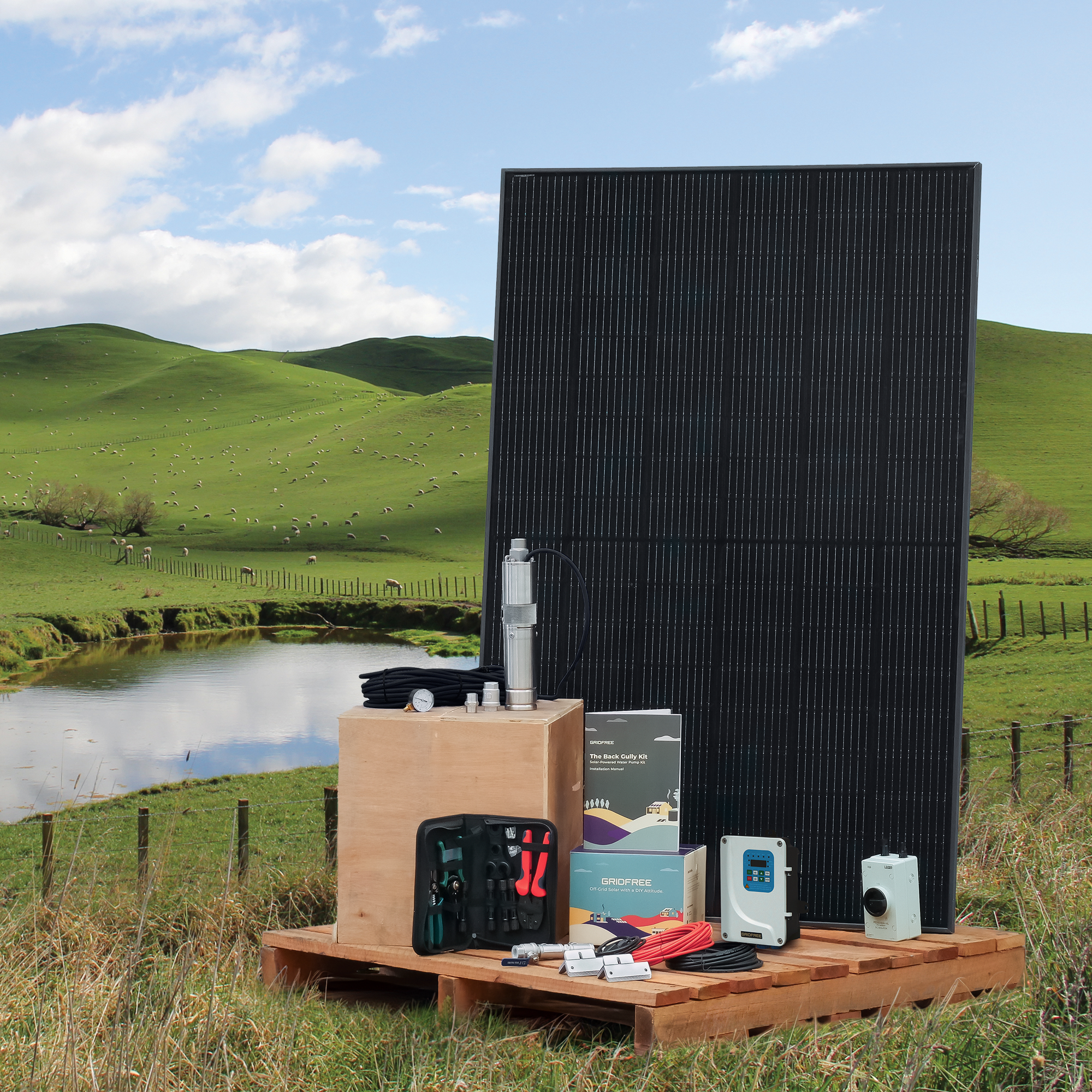
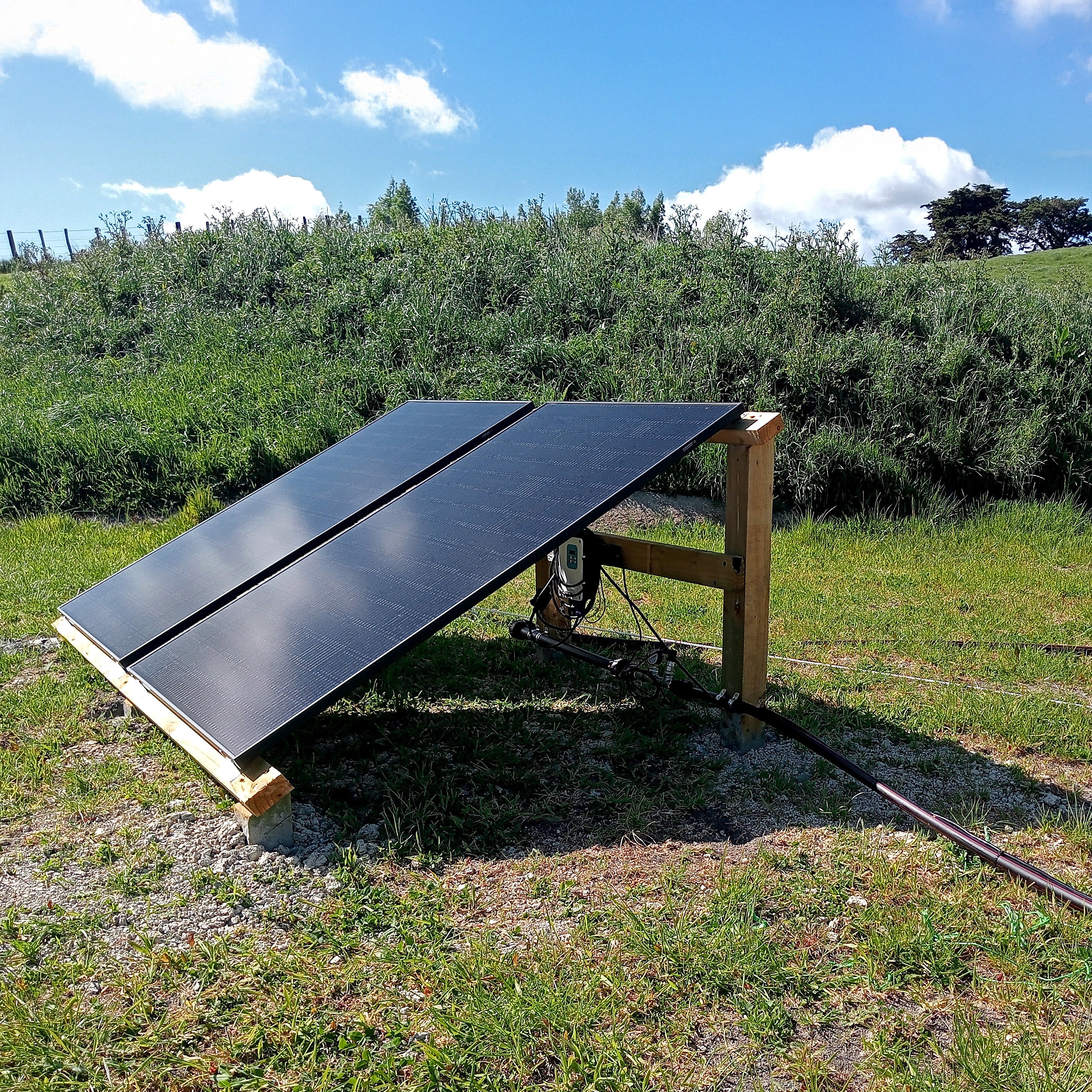
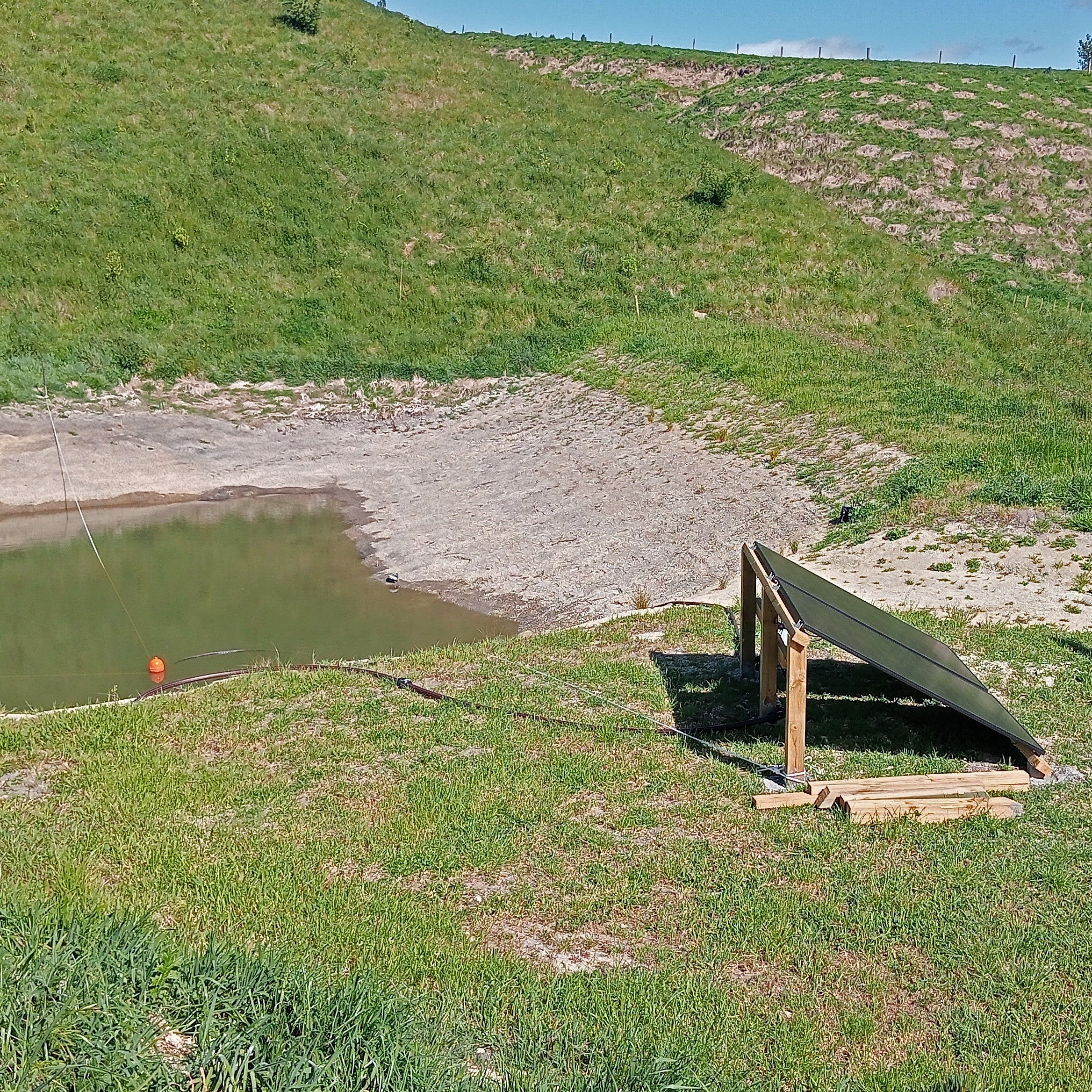
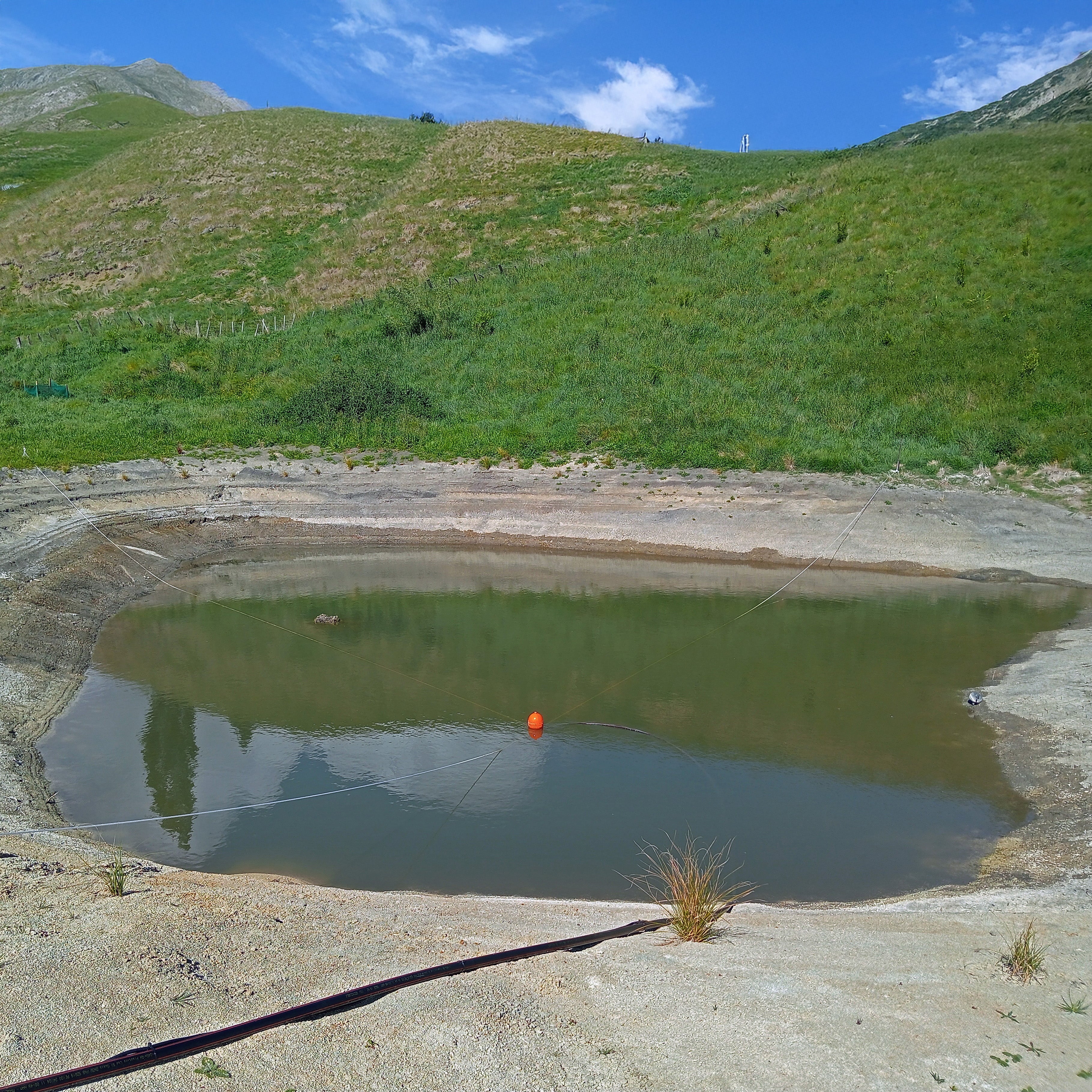
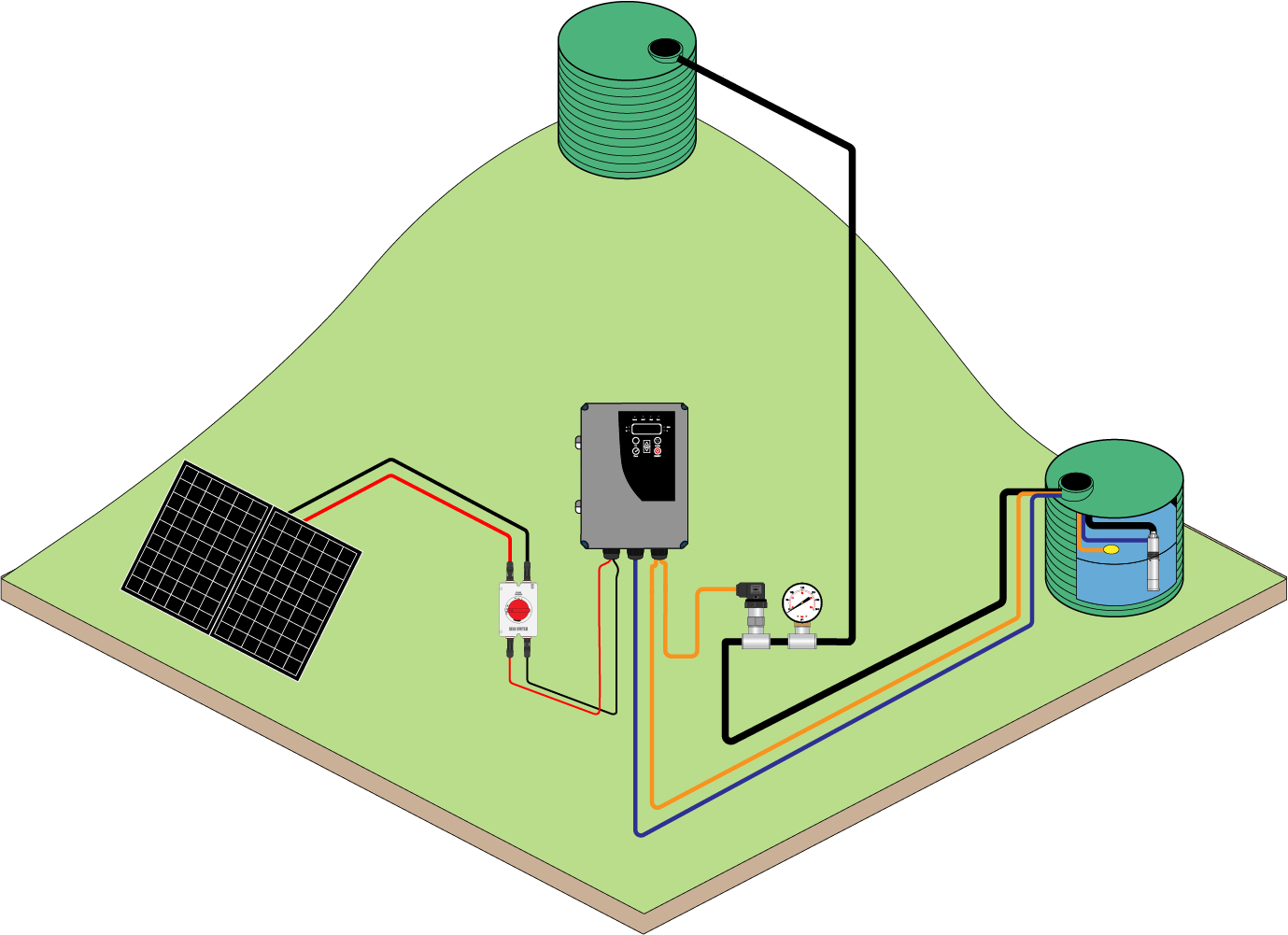
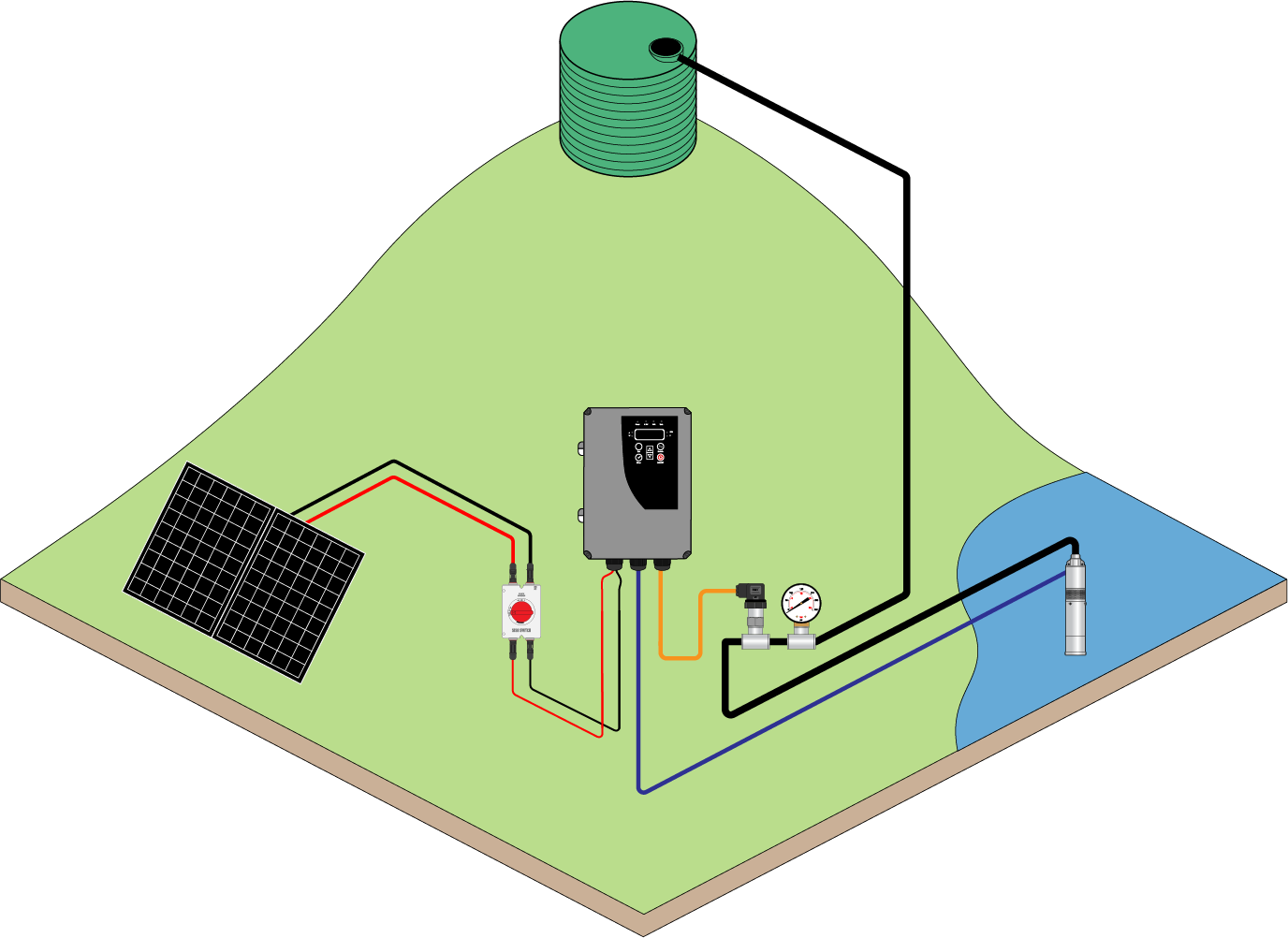
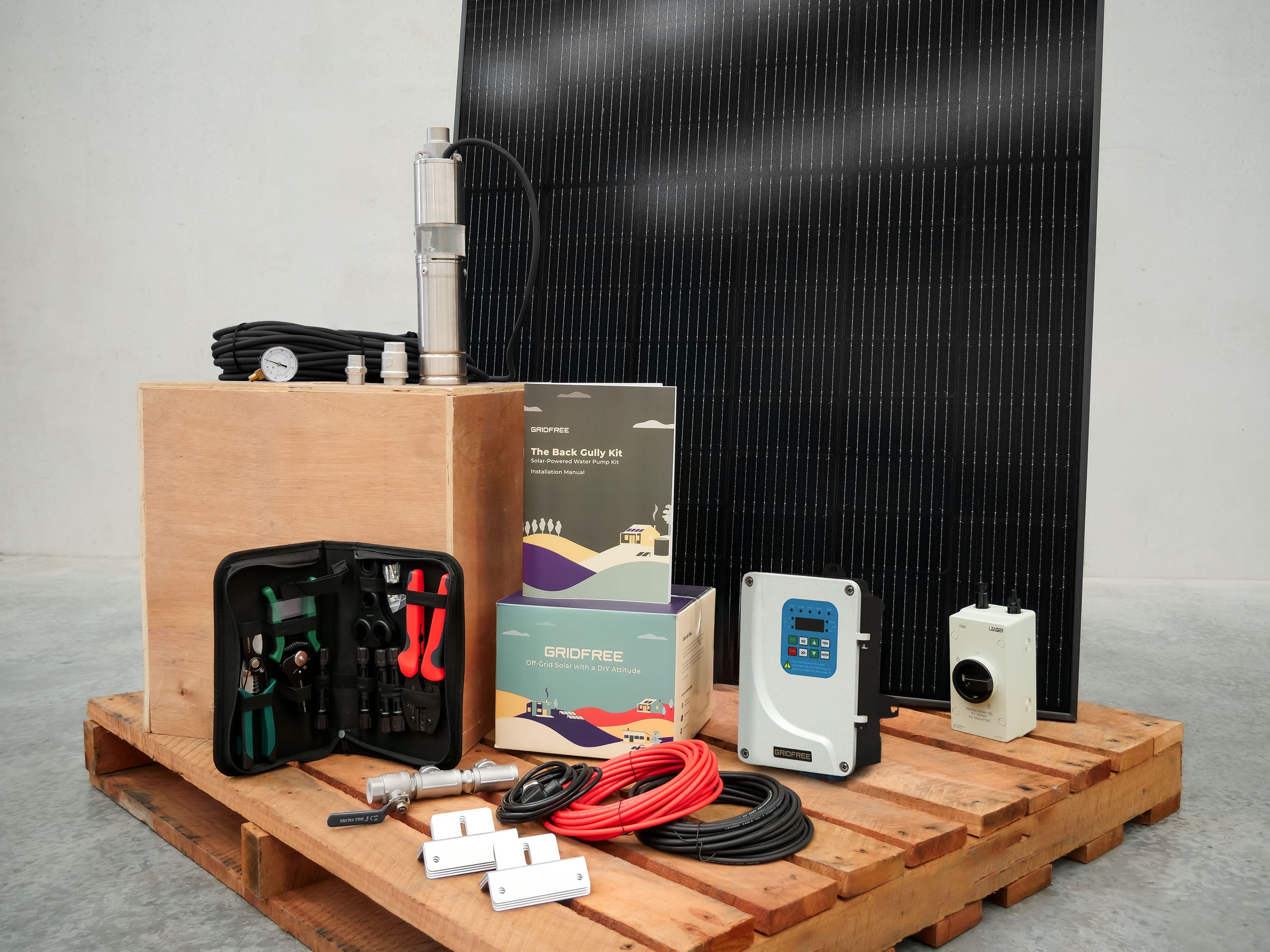
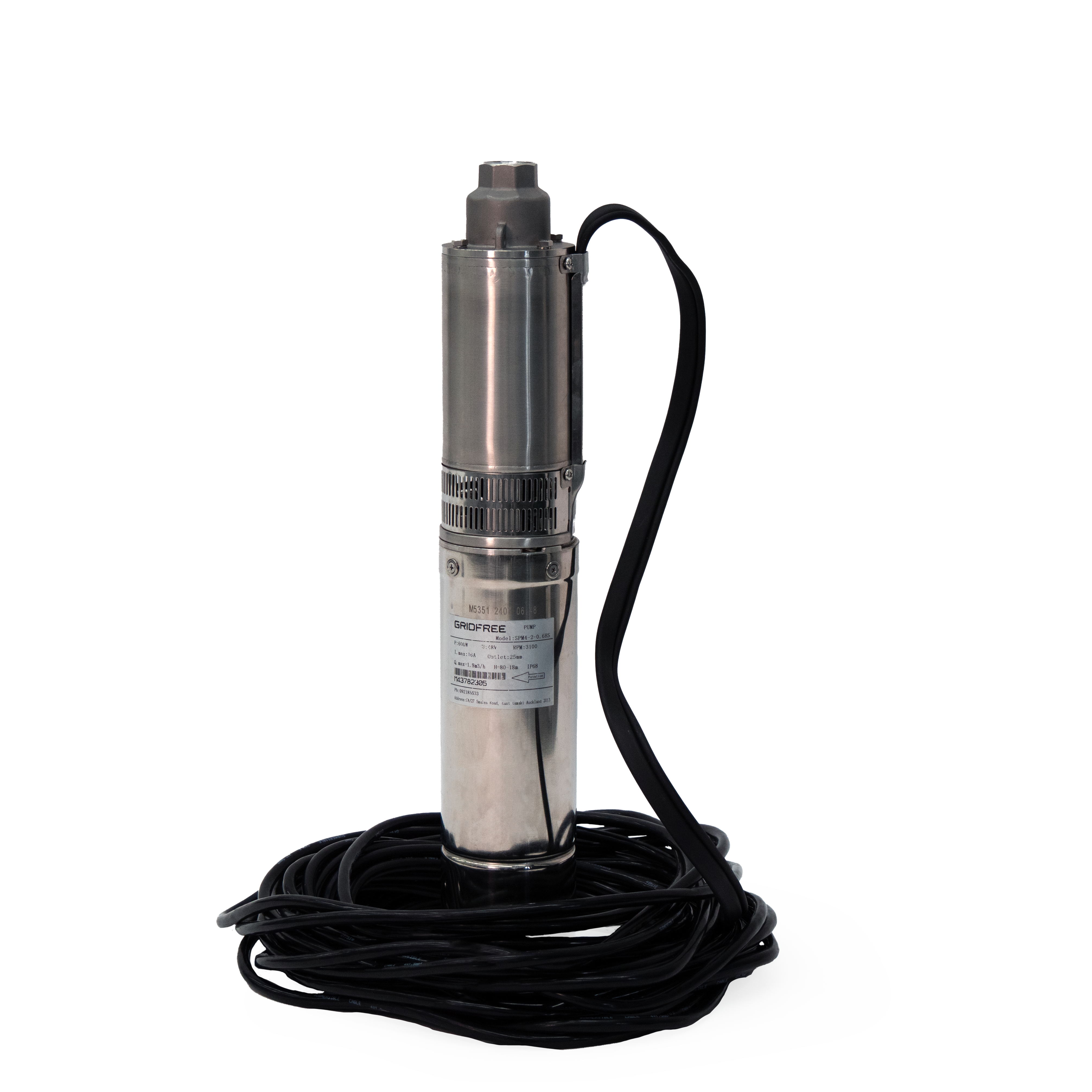
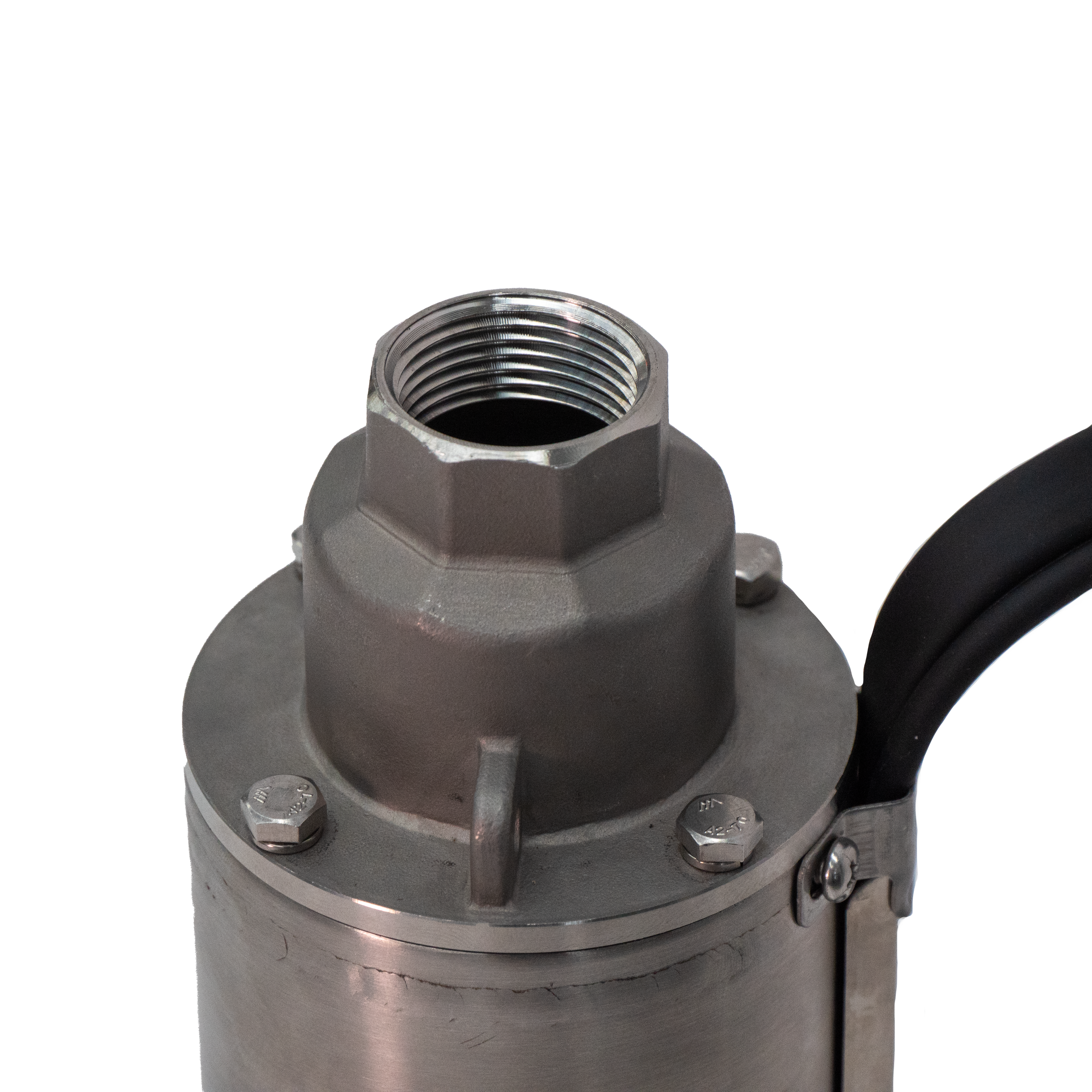
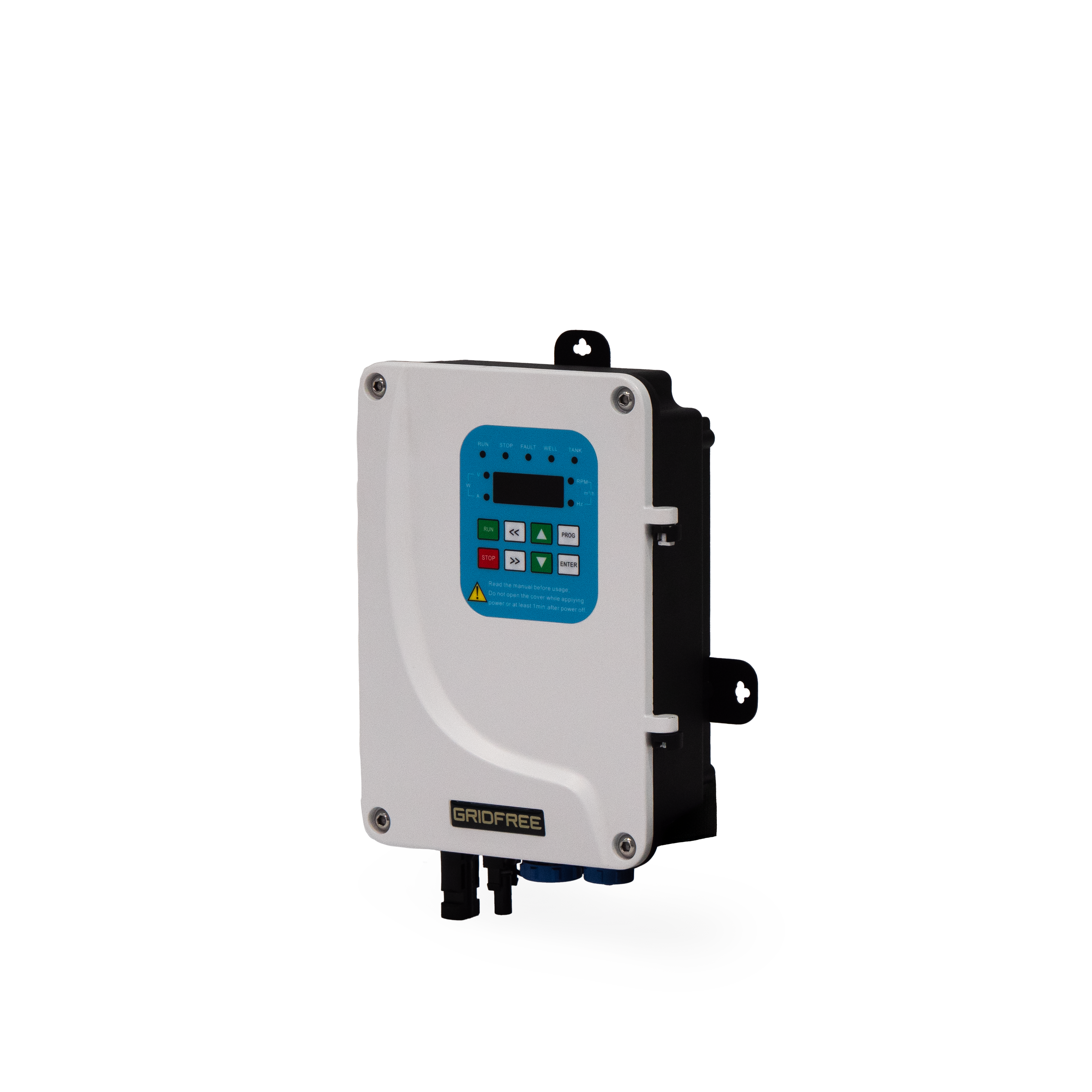
The Back Gully Solar Water Pumping Kit
Need water where you do not have power? Check out The Back Gully Kit - A completely off-grid solar pumping solution.
We designed this system to give you a low cost option that can replace a mains or petrol pump for gravity feed use cases.
The kit comes with a pressure switch and a smart controller which allows automatic operation.
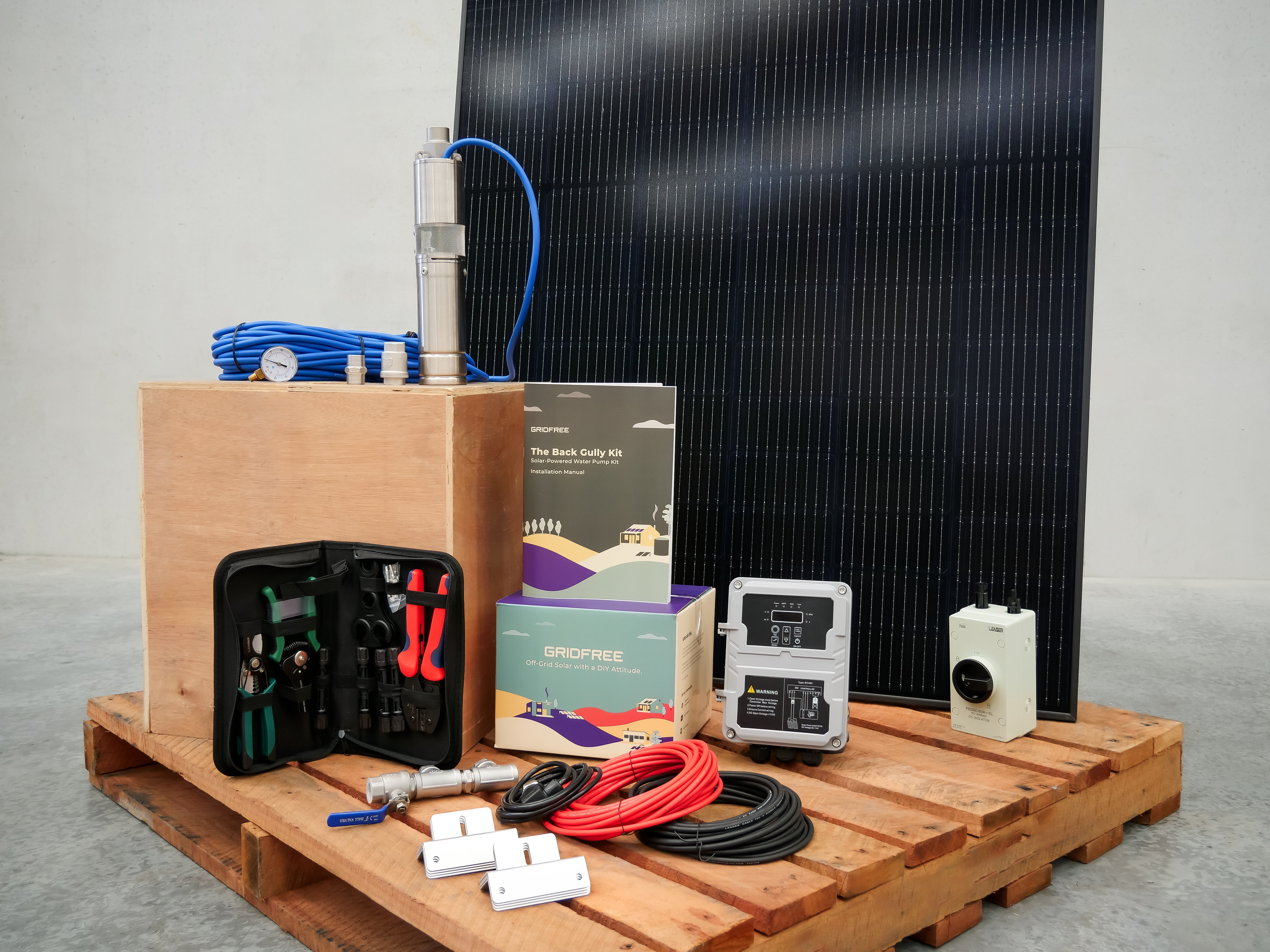
Our guides
You will find our helpful guides in the Details section under the Downloads drop down menu. Our guides are especially made for each solution. The Installation Guide contains step-by-step instructions for setting up your system.



